The 5 Critical Factors Causing Ceramic Capacitor Explosions
Before we delve into the specifics, it's crucial to define what we mean by "ceramic capacitor explosion." It's not a chemical explosion in the same vein as an electrolytic capacitor rupture. Instead, it refers to a rapid and forceful disintegration of the capacitor's ceramic dielectric, often accompanied by a loud pop or cracking sound. This is primarily due to a rapid release of energy stored within the capacitor when it exceeds its designed operating limits.
Without further ado, let's explore the five most critical factors that contribute to ceramic capacitor explosion1s, ranked in order of their frequency and severity:
| Rank | Factor | Description | Why It Leads to Explosion | Preventative Measures |
|---|---|---|---|---|
| 1 | Overvoltage/Excess Voltage | Applying voltage exceeding the capacitor's rated limit (e.g., >2kV on a 2kV-rated unit). | Exceeds dielectric strength, causing breakdown and arcing; rapid energy release generates heat and pressure, shattering the ceramic body. | Use capacitors with appropriate voltage ratings. Implement robust overvoltage protection. Always consider safety margins through voltage derating. |
| 2 | Manufacturing Defects or Poor Quality | Flaws in materials, such as impurities in the ceramic dielectric, voids, or uneven electrode plating. | Weakens internal structure, making it vulnerable to early failure under normal stress; common in low-cost or counterfeit parts, resulting in cracks or sudden bursts. | Source capacitors from reputable manufacturers with proven quality control. Emphasize traceability and conduct thorough incoming inspection and testing, including destructive testing of samples. |
| 3 | Excessive Heat/Thermal Stress | High ambient temperatures, inadequate ventilation, or self-heating resulting from high ripple current or Equivalent Series Resistance (ESR). | Accelerates dielectric aging, promotes cracking or delamination, and creates expansion mismatch between the ceramic and electrodes, potentially leading to thermal runaway and subsequent explosion. | Ensure adequate ventilation and thermal management. Use capacitors with appropriate temperature ratings and low ESR. Consider using capacitors designed for high ripple current applications and utilize thermal modeling during design. |
| 4 | Mechanical Damage or Vibration | Physical impact, dropping, improper handling during assembly, or prolonged vibration in the circuit. | Cracks the brittle ceramic body, weakening the component and exposing internals to moisture or voltage, ultimately leading to shorting, insulation breakdown, and potentially explosive failure. | Protect the capacitor physically with conformal coatings or potting compounds. Carefully manage handling practices. Provide vibration dampening or shock absorption mechanisms. Avoid placing large or heavy capacitors on PCBs that are susceptible to excessive vibration. |
| 5 | Transients or Power Surges | Sudden and unpredictable voltage spikes originating from switching operations, electrostatic discharge (ESD), or faulty power supplies. | Momentarily overloads the capacitor, overwhelming its dielectric strength in an instant, generating intense heat, initiating gas ionization inside the ceramic, creating pressure buildup, and ultimately causing catastrophic rupture. | Implement robust transient voltage suppression devices (e.g., Transient Voltage Suppressor (TVS) diodes, Metal Oxide Varistors (MOVs)). Improve power supply filtering, grounding techniques, and shielding effectiveness. Consider using capacitors with surge-suppression capabilities. |
1.Overvoltage/Excess Voltage2
This is the most frequently encountered cause of ceramic capacitor explosions. Every capacitor has a voltage rating that defines the maximum voltage it can safely withstand under normal conditions. Exceeding this rating, even fleetingly, can lead to a phenomenon called dielectric breakdown. Think of it as the capacitor's insulation failing. This breakdown creates a low-resistance pathway through the dielectric, causing a surge of current and a rapid dissipation of energy, resulting in a violent rupture of the ceramic body. Using proper voltage derating is an extremeley effective counter measure, especially in higher voltage applications.

2. Manufacturing Defects or Poor Quality3
Consider the ceramic dielectric of a capacitor as the foundation of a building. If the materials used to build that foundation contain impurities, voids, or inconsistencies, the structure becomes inherently weaker. Similarly, manufacturing defects, such as uneven electrode plating or flaws in the ceramic slurry, can create weak points within the capacitor's internal structure, making it susceptible to premature failure even under seemingly normal operating conditions. The alarming prevalence of counterfeit or low-quality components in the market further exacerbates this risk, driving up the chances of these defects.
3.Excessive Heat/Thermal Stress4
Heat can have a devastating effect. Imagine repeatedly bending a metal wire back and forth. Eventually, it weakens and breaks. Similarly, prolonged exposure to high temperatures accelerates the aging process of the ceramic dielectric. Additionally, different materials expand at different rates when heated. This discrepancy in thermal expansion between the ceramic and the metallic electrodes can generate significant mechanical stress, leading to cracking or delamination within the capacitor. High ripple current, a common occurrence in switching power supplies, can also cause significant self-heating within the capacitor, increasing the likelihood of thermal runaway, a situation where increasing temperature leads to a further increase in heat generation, ultimately resulting in a catastrophic explosion.
4.Mechanical Damage or Vibration5
Ceramic materials, by their very nature, are generally brittle and lacks ductility. Think of shattering glass compared to bending a copper wire. Physical impacts, accidental drops during handling, or prolonged exposure to vibration can introduce microscopic cracks in the ceramic body. These cracks act as stress concentrators, weakening the capacitor's structural integrity and providing potential pathways for moisture to penetrate, contaminating the dielectric and leading to premature insulation breakdown. Furthermore, vibration can lead to fatigue and eventually catastrophic failure of the capacitor. Also, pick and place equipment that are not calibrated correctly can cause physical damage to the body of the capacitor.
5.Transients or Power Surges6
Transients and surges are basically sudden and very short-lived voltage spikes which can be a consequence of lightning strikes, and electrical inductive loads. Regular capacitors are usually not made to handle these types of sudden influxes. Imagine a dam that's designed to flow a regular amount of water, but is exposed to a tidal wave. These rapid voltage jumps overwhelm the capacitor's dielectric strength almost instantaneously. This process causes ionization within the structure of the capacitor. The resulting discharge can cause a catastrophic failure of internal parts.
Conclusion
By meticulously addressing these five primary factors, electrical engineers and technicians can significantly reduce the likelihood of ceramic capacitor explosions, enhancing the reliability, safety, and longevity of their electronic circuits and systems. Proactive component selection, rigorous testing protocols, robust protection mechanisms, and meticulous handling procedures are essential elements in preventing these often-overlooked but potentially catastrophic failures.
-
Understanding the causes of ceramic capacitor explosions can help prevent catastrophic failures in electronic circuits. ↩
-
Learn how exceeding voltage ratings can cause dielectric breakdown and lead to dangerous capacitor failures. ↩
-
Explore how manufacturing flaws can compromise capacitor integrity and lead to failures. ↩
-
Discover the impact of heat on capacitor performance and how to mitigate thermal risks. ↩
-
Understand how physical impacts and vibrations can lead to capacitor failures and how to prevent them. ↩
-
Learn about the sources of voltage spikes and how they can affect capacitor reliability. ↩

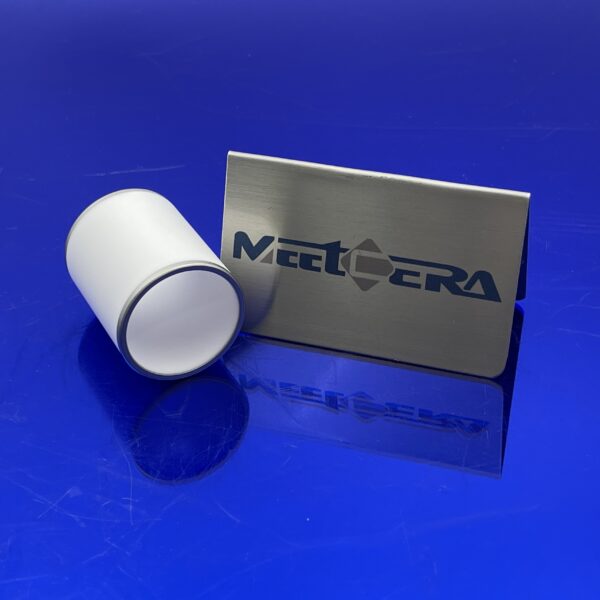
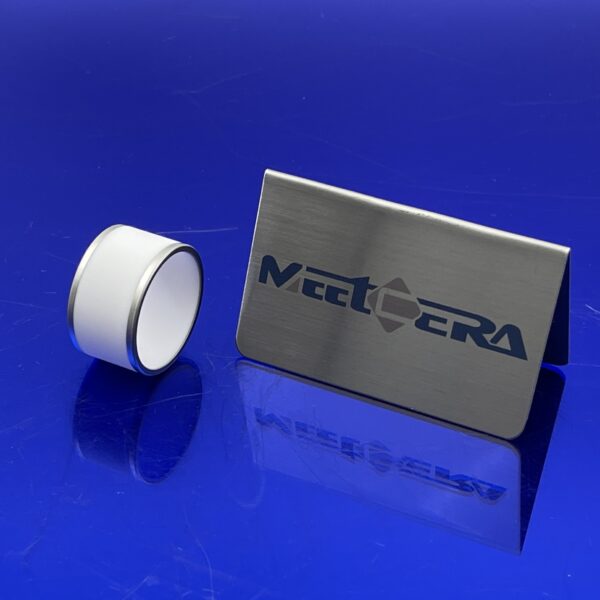
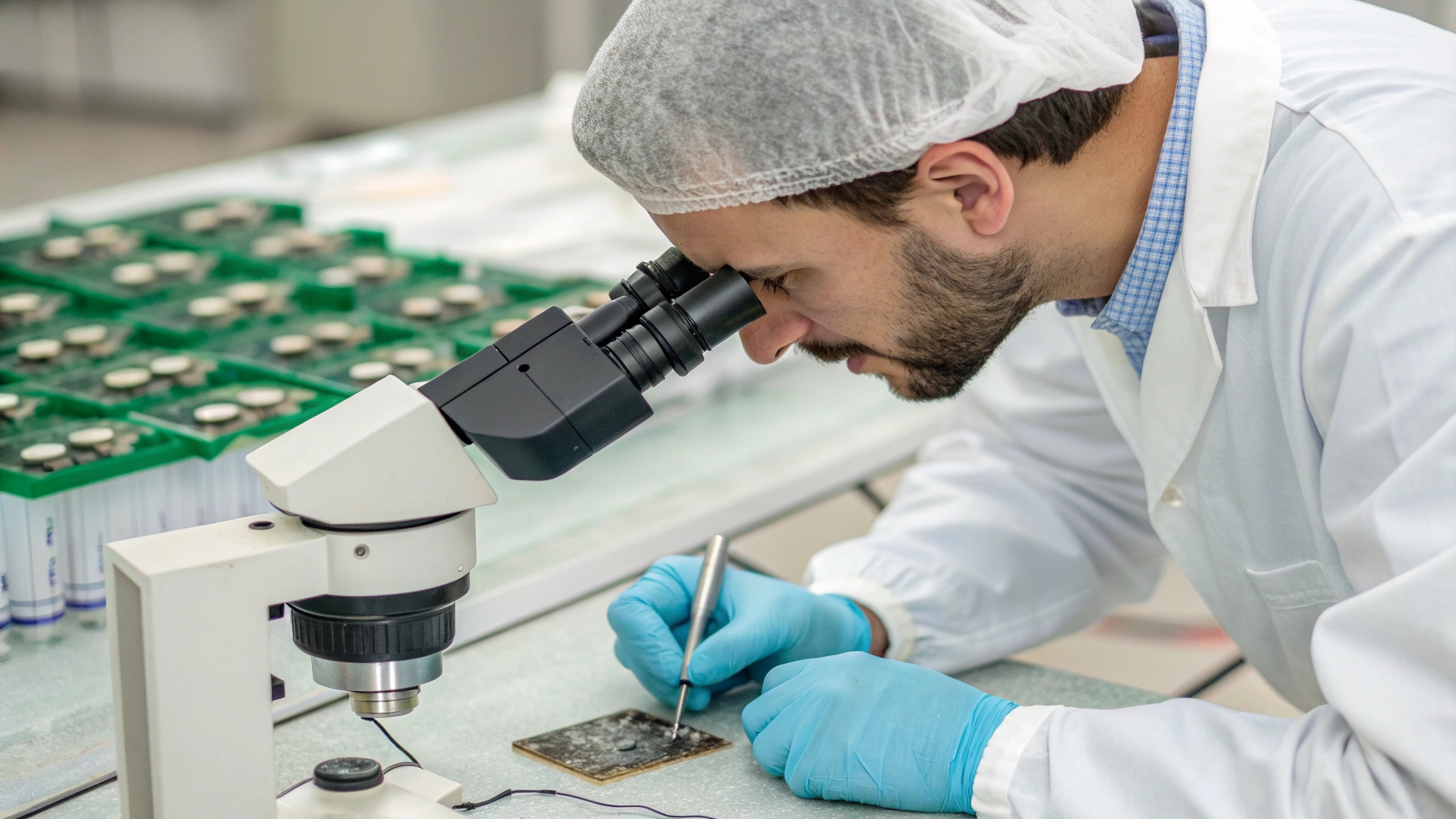
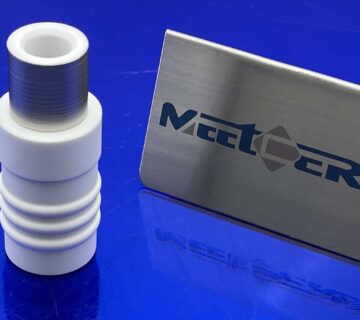
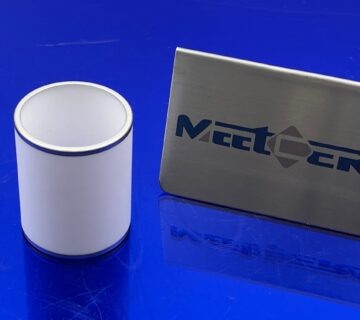


No comment